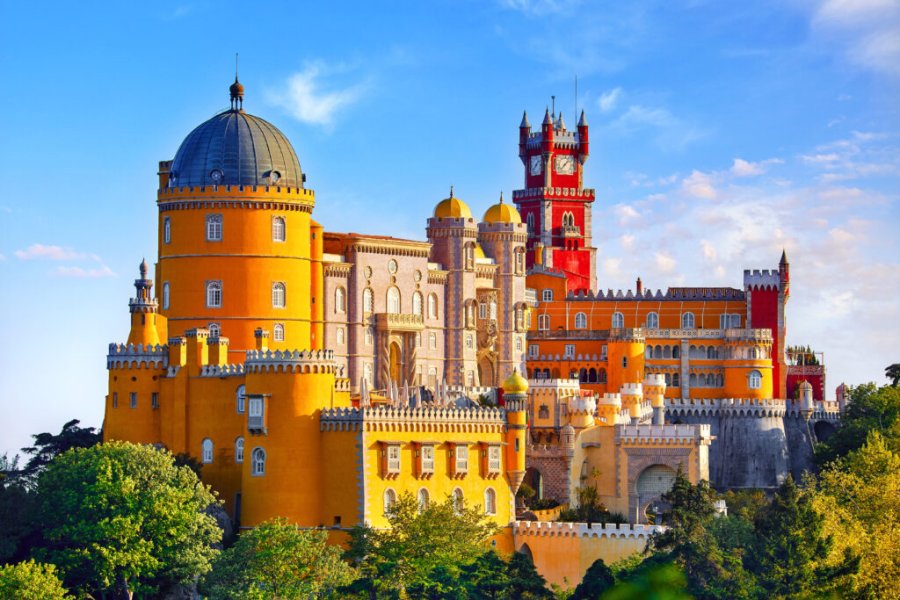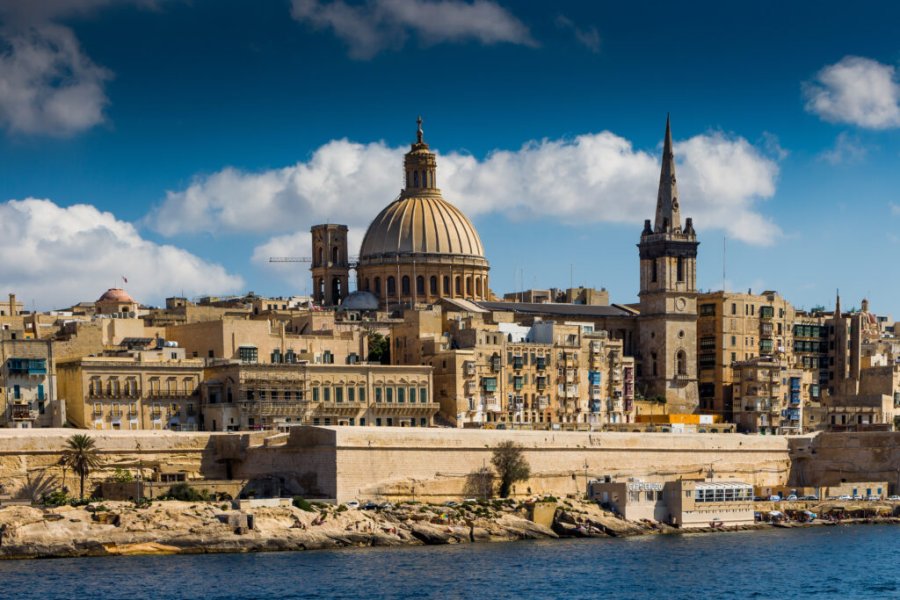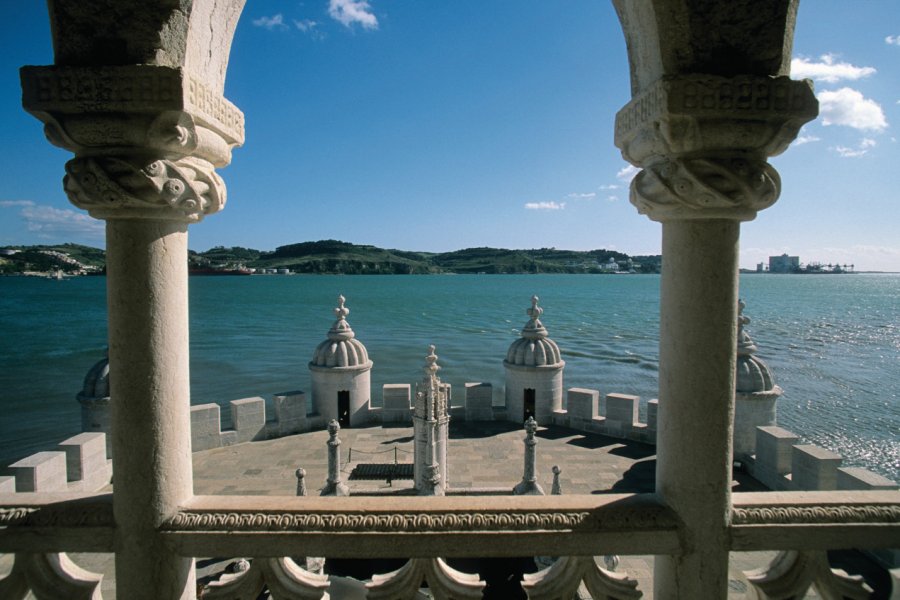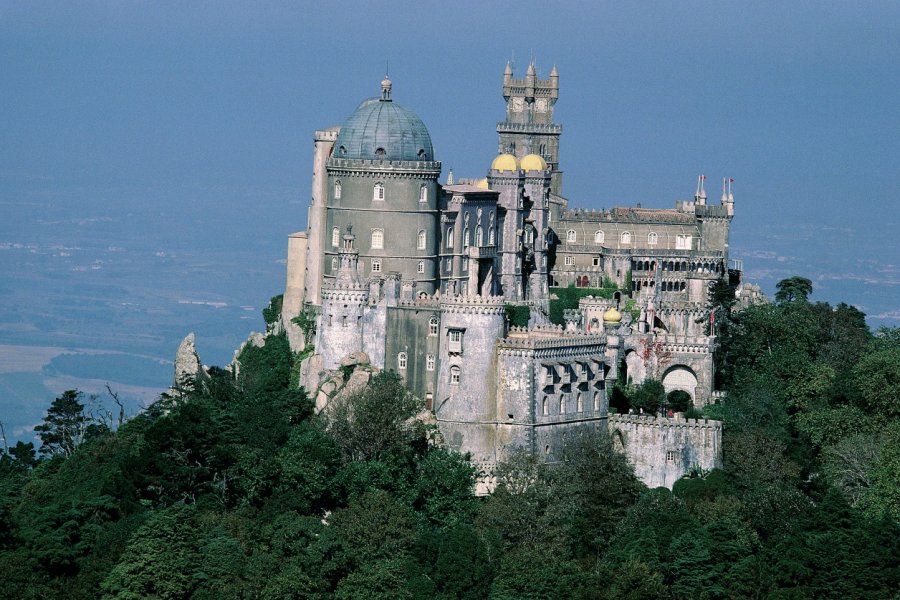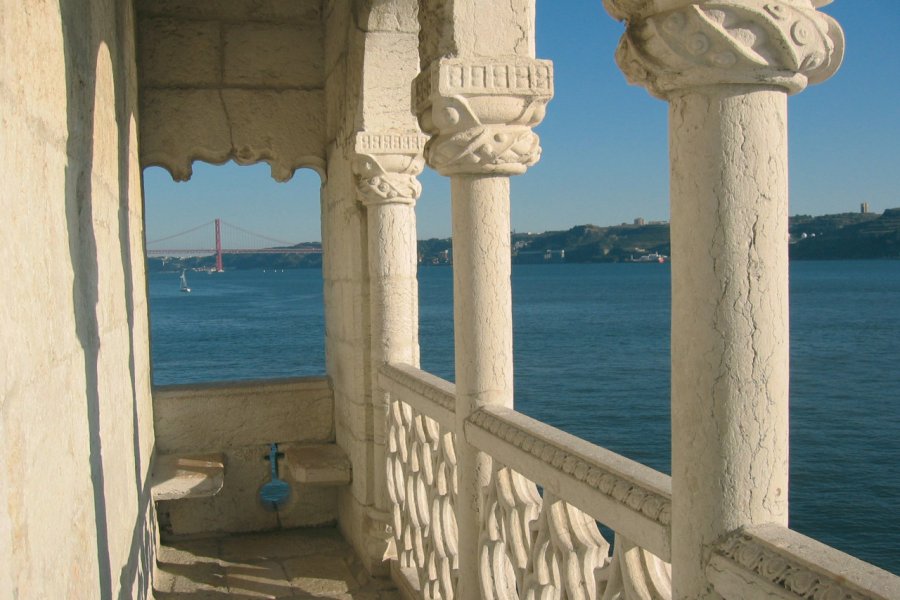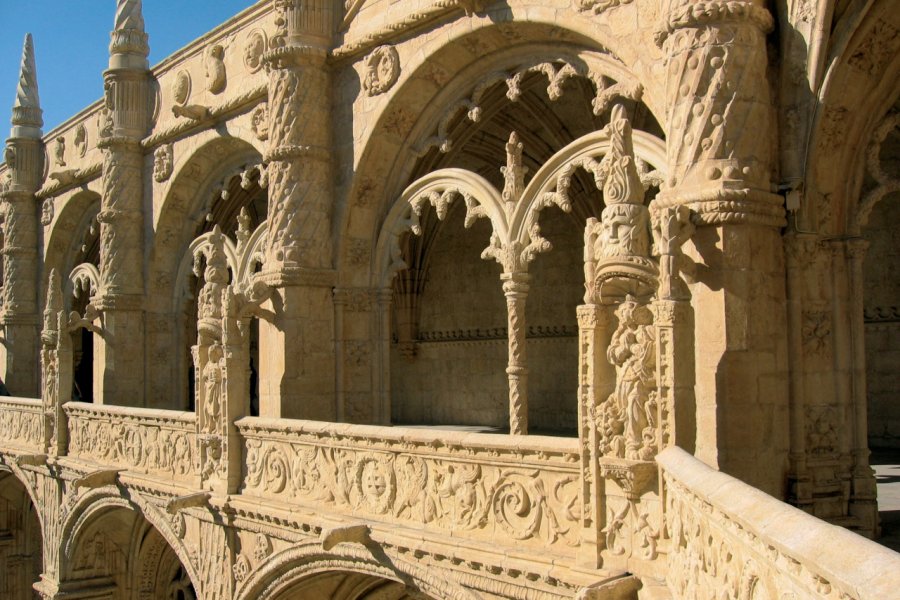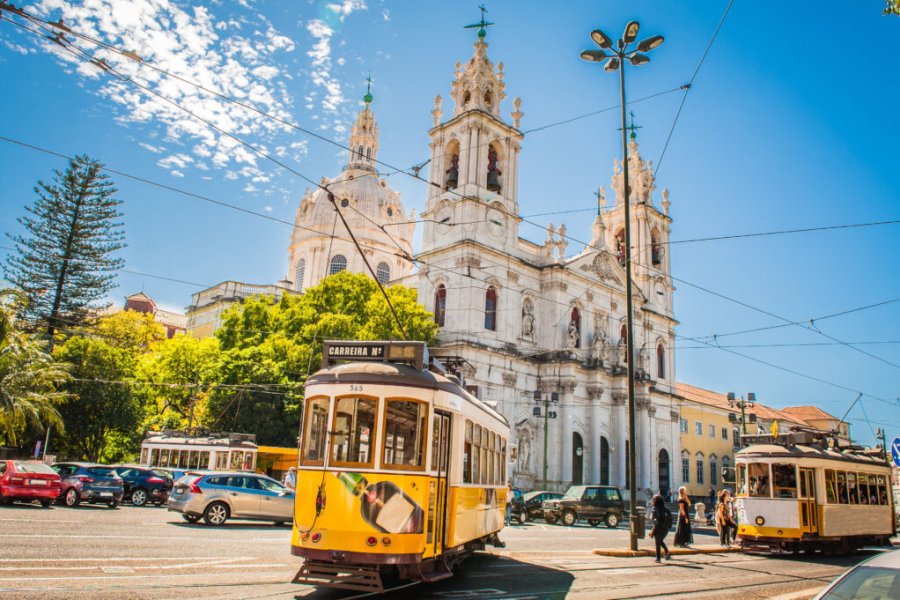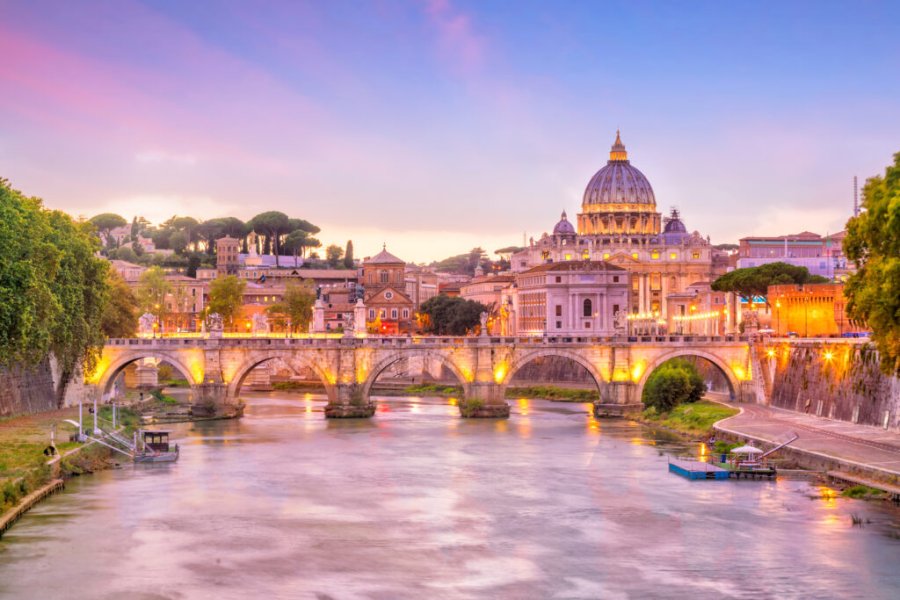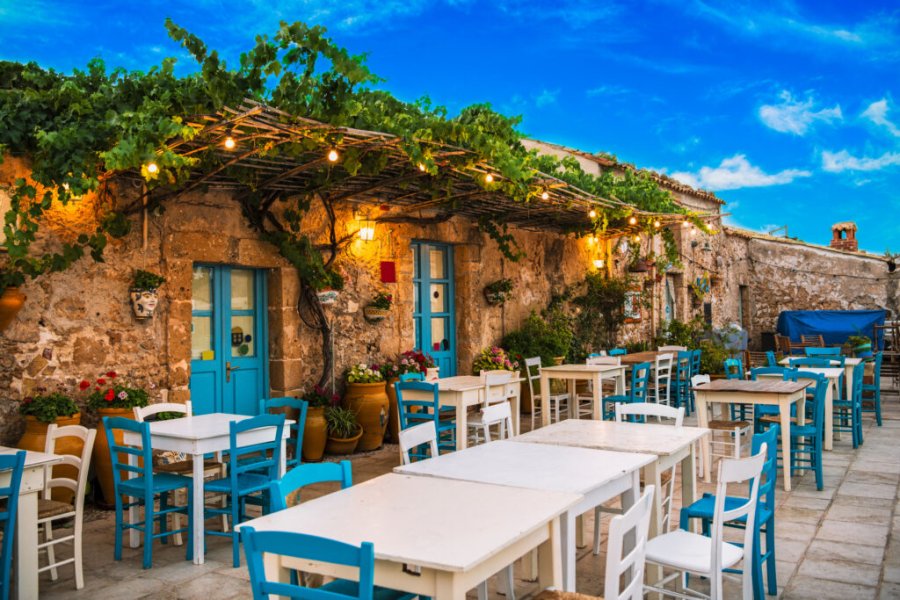Travel Guide Lisbon Area
Find an accommodation
Advertising
Suggested addresses Lisbon Area
x 5
Travel agencies
x 465
The best hotels
x 412
The best restaurants
x 229
The best visits
x 118
The best transportation
x 247
The best outings
x 41
Sport and leisure activities
x 75
The best treats
x 23
The best care
x 109
The best stores
x 30
The best home-deco
x 76
The best services
x 69
The best events
x 9
The best naughty points
x 267
The good plans
Weather at the moment
Advertising
Organize your trip with our partners Lisbon Area
Transportation
Book your plane tickets
Car Rental
Boat rental
Accommodation & stays
Find a hotel
Holiday rental
Find your campsite
Tailor-made trip
Immersion travel
Services / On site
Activities & visits
Find a doctor
Lisbon Area travel inspiration
Find unique Stay Offers with our Partners
Pictures and images Lisbon Area
Featured articles Lisbon Area
Other destinations Lisbon Area
Cities
- Lisbonne
- Cabo Da Roca
- Setúbal
- Praia Das Maçãs
- Cascais
- Sintra
- Estoril
- Alcochete
- Mafra
- Azenhas Do Mar
- Ericeira
- Lagoa De Albufeira
- Sesimbra
- Cabo Espichel
- Praia Do Meco
- Oeiras
- Carcavelos
- Carvalhal
- Costa De Caparica
- Seixal
- Colares
- Alenquer
- Route Des Vins De Bucelas
- Palmela
- Almoçageme
- Praia Do Guincho
- Fontainhas Do Mar
- Reserva Natural Do Estuário Do Tejo
- Almada
